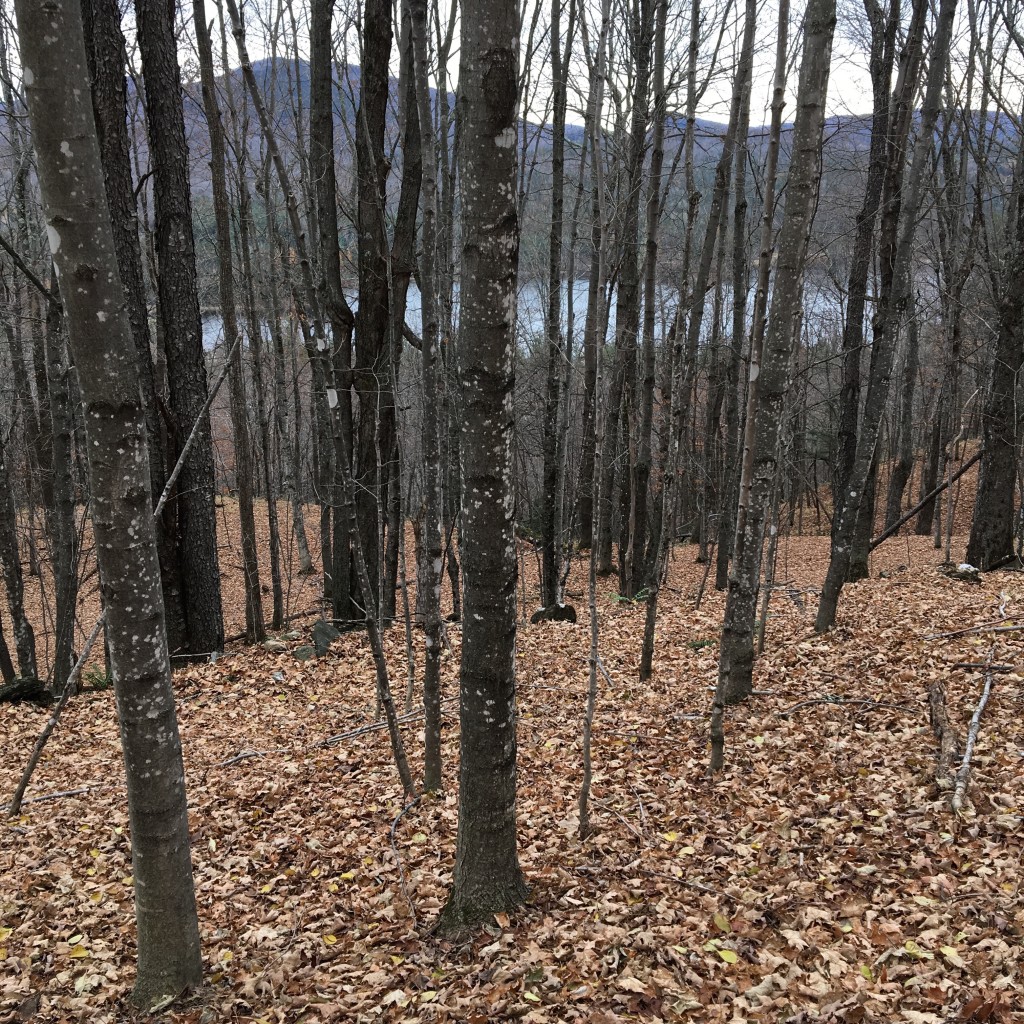DON’T BE SAD
Seasonal Affective Disorder, or SAD, is not a myth. It is not something to disregard. SAD, suffered in its most advanced stages is indeed dangerous. But for most, a moderate form of SAD is simply uncomfortable and discouraging.
SAD is rather simply defined as a form of sadness, despondency or depression related to changes in the seasons. Most people who experience this disorder first notice symptoms in the fall that last through the winter. Only a few have complained about the reverse, or spring into summer.
Those of us living and working in Vermont might be particularly susceptible to negative feelings as we progress through the vivid colors of fall into a bleak stick season and finally countryside of white. Those who embrace winter and choose to live here because of, not in spite of, winter conditions, will find it difficult to understand others who find the frozen landscape unpleasant.
Symptoms of the disorder include lack of energy, moodiness, irritability and hypersensitivity. It is common to sleep, or oversleep, more than usual, to experience food cravings particularly for foods high in carbohydrates and then, to add insult to injury, to gain weight, yet another cause of despondency.
Note that those few who are subject to spring and summer SAD also become depressed but have trouble sleeping and lose their appetites resulting in weight loss.
Norman Rosenthal, MD wrote in the journal “Psychiatry,” May 2008, that “6 percent of the US population, primarily in northern climates, is affected by SAD in its most marked form. Another 14 percent of the adult US population suffers from a lesser form of seasonal mood changes, known as winter blues.” Rosenthal also suggested that there is strong evidence of a genetic predisposition to suffer from this disorder.
SAD, untreated and left to increase in intensity includes serious symptoms of depression leading to thoughts of death or suicide. One who is in doubt about his or her condition should always seek medical advice.
Though there seems no known specific cause for SAD, what is known is that several factors often combine to produce this result. Short, cloudy or gray days with a decrease in sunlight can affect circadian rhythms, or one’s biological clock, and put us off balance and feeling scattered or unhappy.
Reduced sunlight can also cause a drop in the neurotransmitter serotonin resulting in depression while a change in the balance of melatonin plays havoc with sleep and mood. Interestingly it seems that females, and young people are more at risk than their seniors and those already suffering from clinical depression or bipolar disorder are possibly more vulnerable.
Treatment for all forms of SAD range from light therapy to psychotherapy and possibly even medication.
If you find yourself struggling with the return to standard time, the darker drive on your way home from work or the lack of sunshine during your morning and afternoon, consider taking steps to cheer yourself up and “don’t be SAD.” Here are a few that have helped many before you.
Yes, living here in Vermont can be a risk factor in and of itself. However, making a few changes in your home and workspace could brighten the atmosphere in which you live and work.
For example, when the sun shines, it is bright and beautiful. Always take advantage of sunny days by removing obstacles such as blinds or curtains that can be opened or pulled back. Sit or work closer to the windows and, if possible, add skylights to your home. Healthy house plants are known to boost mood.
While some of those might be unattainable, getting outside should be a possibility. Take every opportunity to be outdoors. Some research shows that walking, running or spending time out of the house within two hours of getting up in the morning is beneficial all day. (Those early morning runners among you are onto something.)
And, of course, there’s exercise. As usual we of Active Vermont are strong proponents of exercise. Exercise regularly. Exercise is proven to help combat stress and brighten your spirits as it helps you become the fit and energetic person you are meant to be.
If you suspect that you or someone you know suffers from SAD, give them a helping hand. If symptoms appear dangerous, recommend a visit to their medical care provider or mental health practitioner.
If, on the other hand, symptoms are simply a personal annoyance, an obstacle to one’s normal well-being, find a way get up, get out, and brighten the day physically, mentally and emotionally.
This story first appeared in the Rutland Herald and Times Argus Sunday Edition, ACTIVE VERMONT, by Linda Freeman, 11-8-2015.

